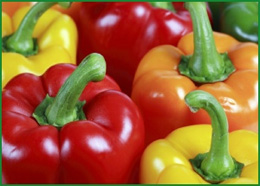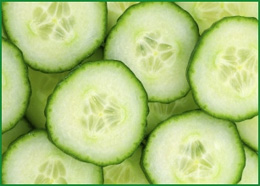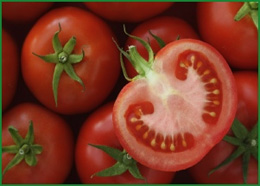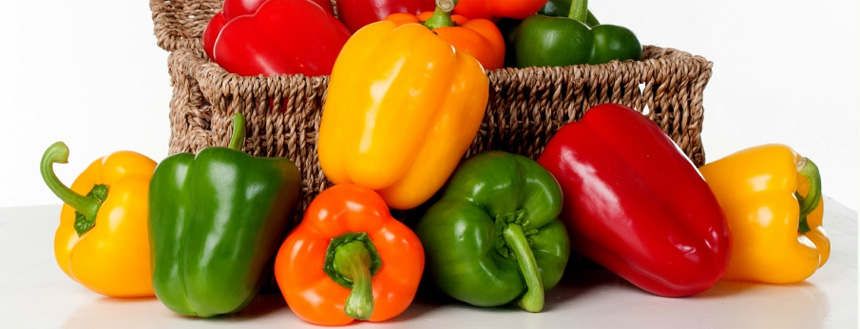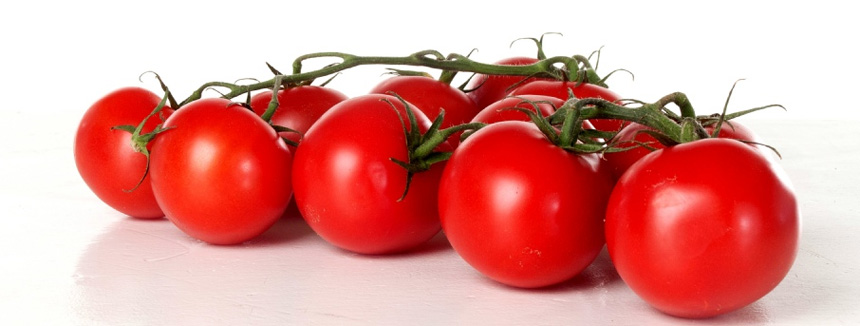|
History
Giovanni Abella was born in Sicily in 1934. From the age of 11 he worked on his father’s land growing vegetables.
John (as he is known nowadays) moved to England in 1957 where he began his working life at Concrete Utilities in Ware. However, his love for growing was where he saw his future, but it was not until 1968 that he approached a Nursery owner who was semi-retiring and struck a deal with him to rent four glasshouses. From that day on he spent any spare time growing cucumbers.
Within two years he had bought ten glasshouses at a time when cucumbers were grown on straw bales with a covering of manure and all the feed was given by hand to each individual plant. A far cry from our modern state-of-the-art computerised growing systems.
In 1992 UK Salads was formed by John and Rosa Abella, with their daughters and husbands becoming directors of the newly formed company.
UK Salads became a limited company in 2004, but the values that were built on by John and Rosa still stand strong today, a family-run organisation with real focus on providing a quality product and service at an affordable price.
|
About
Since we set up our company in 1992, continuous investment in both our nursery and production facilities has meant that UK Salads has grown into the successful family run organisation that we see today, offering an extensive range of first class salad products.
Here at UKS, we are very aware of the need to produce a safe, quality product working in conjunction with our environment, so our own nurseries here in Roydon comply with Red Tractor Farm Assurance Standards and as such, we are licensed to use the ‘Little Red Tractor’ logo on our English products.
|
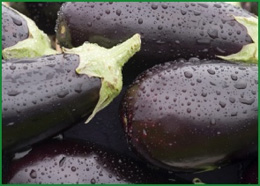 |
|
To fully meet our commitments, our purpose built on site production facility is also compliant to BRC Grade A status.
To add to this, we ensure that all of our overseas growers also adhere to Global G.A.P. standards, so you can be sure that what you receive is a safe, quality product fully traceable from field to fork.
|
|
All peppers provide rich amount of Vitamin C, but chili peppers contain an additional substance, called capsaicin which provides several health benefits such as:
An effective treatment and natural pain relief for inflammation such as arthritis, psoriasis, diabetic neuropathy.
Reduce risk of heart attack and stroke as it helps to reduce cholesterol levels and formation of blood clots.
Clear blocked nose and congested lungs.
Prevent stomach ulcers by killing bacteria in the stomach and stimulate more protective stomach juices, etc.�
The UK produces 140 million peppers per annum.
Wrap the peppers in paper bags or paper towels and store in the refrigerator to keep their freshness – up to 5 days for bell peppers and up to 3 weeks for chili peppers.
Where did they come from?
In 1492, Columbus and his explorers discovered sweet and hot peppers in the West Indies. He took samples back to Europe. Peppers quickly became popular in Europe as a food, spice and condiment. Twenty years later in 1512, travellers found bell pepper varieties growing throughout the West Indies, Central America, Mexico, Peru and Chili. Peppers were named by Christopher Columbus and Spanish explorers who were searching for peppercorn plants that produce black pepper.
How do they grow?
Pepper plants begin from seeds. The seeds grow into a plant about 3 to 4 feet high. Peppers are actually the fruit, which form on the plants after it flowers. If green bell peppers are left on the plant long enough, they will mature and turn from green to red. The sugar content increases as a pepper matures. The red pepper therefore, tends to be sweeter than the green. Sweet bell peppers can be found in a rainbow of colours such as orange, yellow, purple and brown.
|
|
Cucumbers contain most of the vitamins you need every day, just one cucumber contains Vitamin B1, Vitamin B2, Vitamin B3, Vitamin B5, Vitamin B6, Folic Acid, Vitamin C, Calcium, Iron, Magnesium, Phosphorus, Potassium and Zinc.
Feeling tired in the afternoon, put down the caffeinated soda and pick up a cucumber. Cucumbers are a good source of B Vitamins and Carbohydrates that can provide that quick pick-me-up that can last for hours.
Tired of your bathroom mirror fogging up after a shower? Try rubbing a cucumber slice along the mirror, it will eliminate the fog and provide a soothing, spa-like fragrance.
Are grubs and slugs ruining your planting beds? Place a few slices in a small pie tin and your garden will be free of pests all season long. The chemicals in the cucumber react with the aluminium to give off a scent undetectable to humans but drive garden pests crazy and make them flee the area.
Out of WD 40 and need to fix a squeaky hinge? Take a cucumber slice and rub it along the problematic hinge, and voila, the squeak is gone!
Just finish a business lunch and realize you don’t have gum or mints? Take a slice of cucumber and press it to the roof of your mouth with your tongue for 30 seconds to eliminate bad breath, the phytochemicals will kill the bacteria in your mouth responsible for causing bad breath.
Looking for a ‘green’ way to clean your faucets, sinks or stainless steel? Take a slice of cucumber and rub it on the surface you want to clean, not only will it remove years of tarnish and bring back the shine, but is won’t leave streaks and won’t harm you fingers or fingernails while you clean.
Using a pen and made a mistake? Take the outside of the cucumber and slowly use it to erase the pen writing, also works great on crayons and markers that the kids have used to decorate the walls!!
Where did they come from? Cucumbers originally came from the northern part of Indian and have been grown in that region for over 3,000 years. It was not until the Middle Ages they were first grown in Europe. It is believed that Columbus first took the plant to the New World.
How do they grow? They are very easy to grow and are very prolific. Planted in a section of the garden that receives full sun and has an evenly moist, fertile soil, success is almost guaranteed. Place plenty of compost into the soil before planting to help it retain moisture and to provide the nutrients the cucumber plants will need throughout the season. If space is limited, cucumbers will do just fine on a patio or deck if it receives full sun.
|


